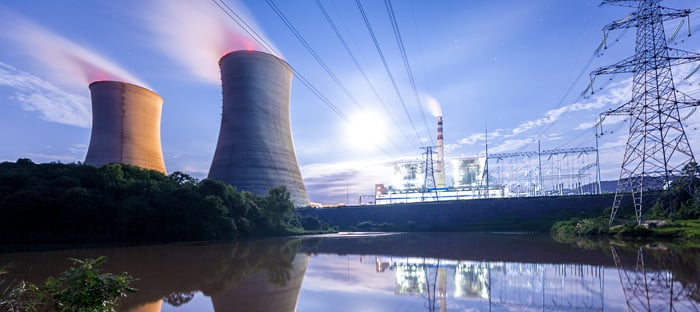Power your home
Enjoy price security with Safe Harbor fixed price energy plans

Power your business

Loading component...
Loading component...
Energy Resources

Moving into a new home is an exciting time full of possibilities. The number of decisions you need to make can seem overwhelming, and moving utilities and preparing your new home to be energy efficient may not rank high on your priority list. Knowing where to invest a little time and effort for the biggest payoff can be a great way to enjoy years of lower electric bills. Here are a few tips for powering your new home that could mean big energy savings over time.
Homeowners have few – if any – options for some utilities. However, many states offer Energy Choice programs that enable customers to shop for a retail electricity supplier. Suppliers give you options so you can find the best electricity rate and plan for your home, which can help you lower electric bills. The two numbers in your electric bill you can control are the electric supply cost and your total energy use. By choosing an electricity supply company with a lower electricity rate, you can reduce your supply cost, which means you are paying less for every kilowatt hour of electricity used.
Programmable thermostats are among the best opportunities for homeowners to reduce energy use and lower electricity bills – up to 10% annually according to the U.S. Department of Energy.
2018 data from the National Association of Realtors says the average homeowner will stay in their new home for 13 years. A programmable thermostat could save the average household more than 14,000 kilowatt hours over that time. Despite these potential energy savings, only one in eight homes have a programmable thermostat, and nearly 90% of homes with programmable thermostats don’t use them as intended. Learn how to program your thermostat correctly.
For an additional investment, a Smart Thermostat will learn your household’s habits and adjust automatically, making it easier to realize the full benefit of a programmable thermostat.
This affordable and easy DIY project can quickly make your home more energy efficient. In fact, just an afternoon spent weatherstripping and caulking to eliminate air leaks can result in up to 10% in energy savings.
Even though LED bulbs can be more expensive than incandescent bulbs, they are far more efficient in terms of energy use and cost over the lifespan of the bulb. Since LED bulbs last, on average, 25 times longer than incandescent bulbs, each LED bulb you purchase represents 25 incandescent bulbs. If replacing all of the incandescent bulbs in your home at once is not an option, begin with replacing the ones you’ll use most often.
Identify the utility companies servicing your new home a few weeks before you are scheduled to move in. You can identify the utility company servicing your area by searching online, checking your new municipality’s website, or by asking the homeowner/real estate agent.
Call or go online to schedule the transfer of your existing service if it’s the same utility, or to set up a new account if you’re moving into a new service area. You will need to provide stop and start dates for each service.
Follow any access instructions given by your new utility companies. Energy, water, and sewer providers usually will not need home access; while cable, internet and phone companies may.
Ask for meter readings for your old and new gas and electric service. This is a simple request you should make when scheduling stop and start dates for your utilities. Getting meter readings on last and first days of service will ensure you avoid paying for gas and electric you didn’t use in your final or first bill.
Enter your zip code to see energy plans in your area.